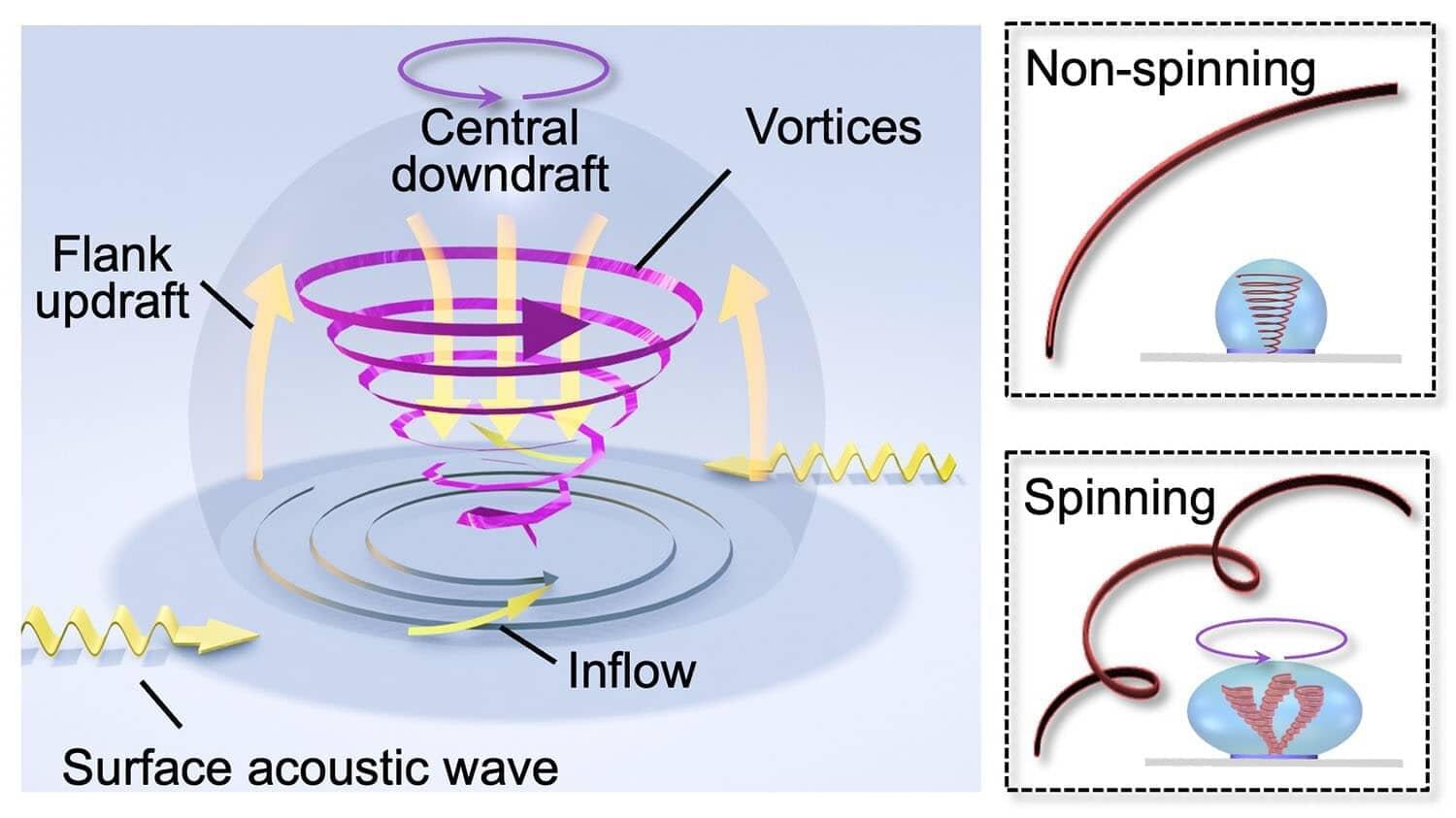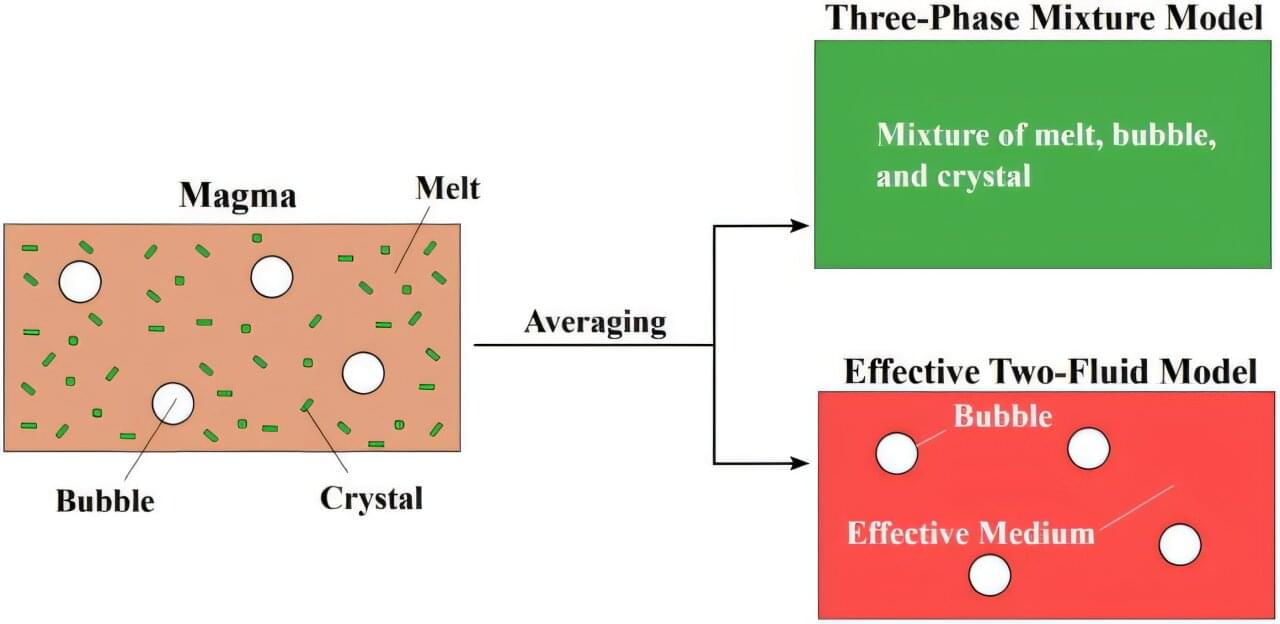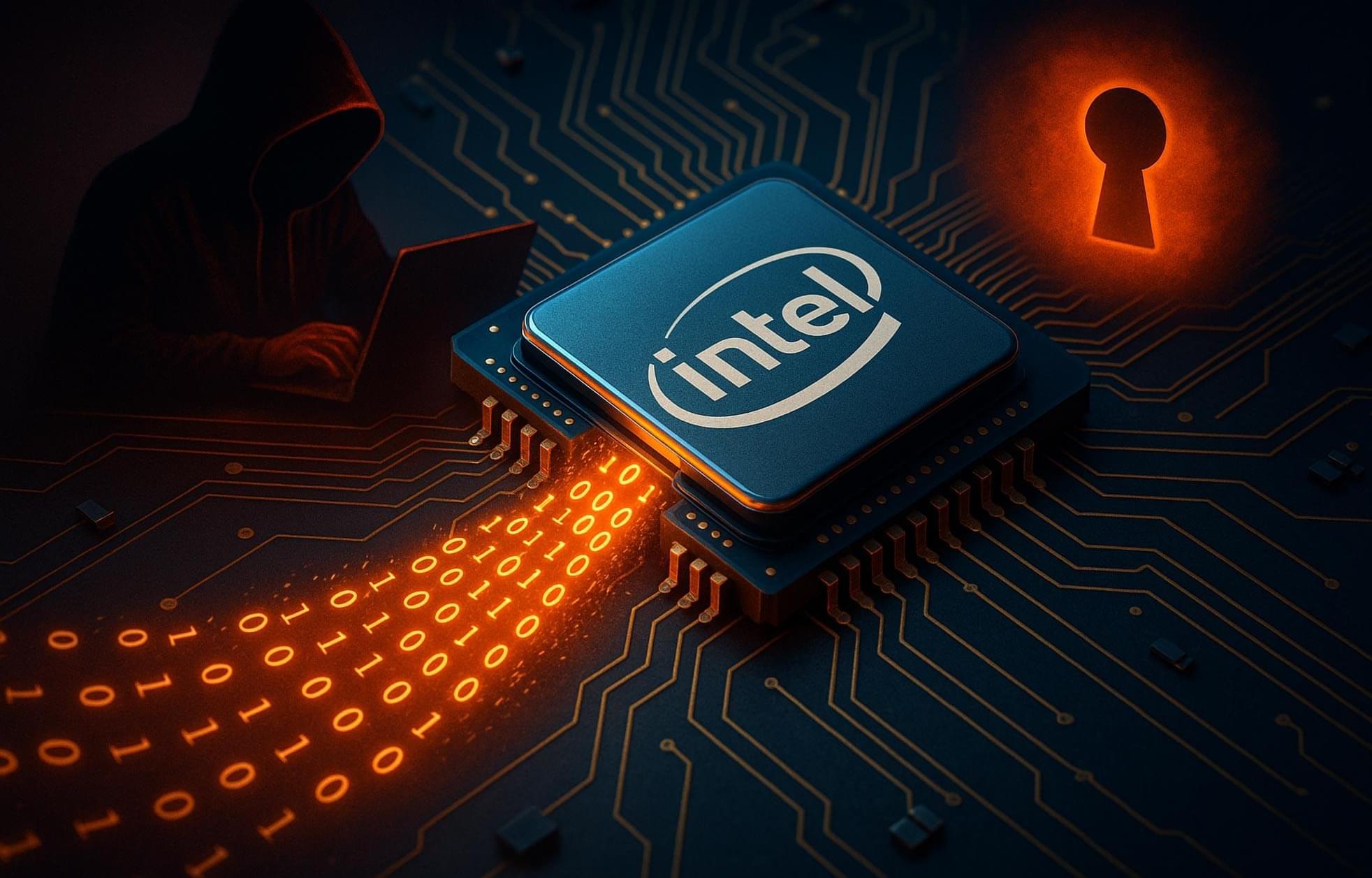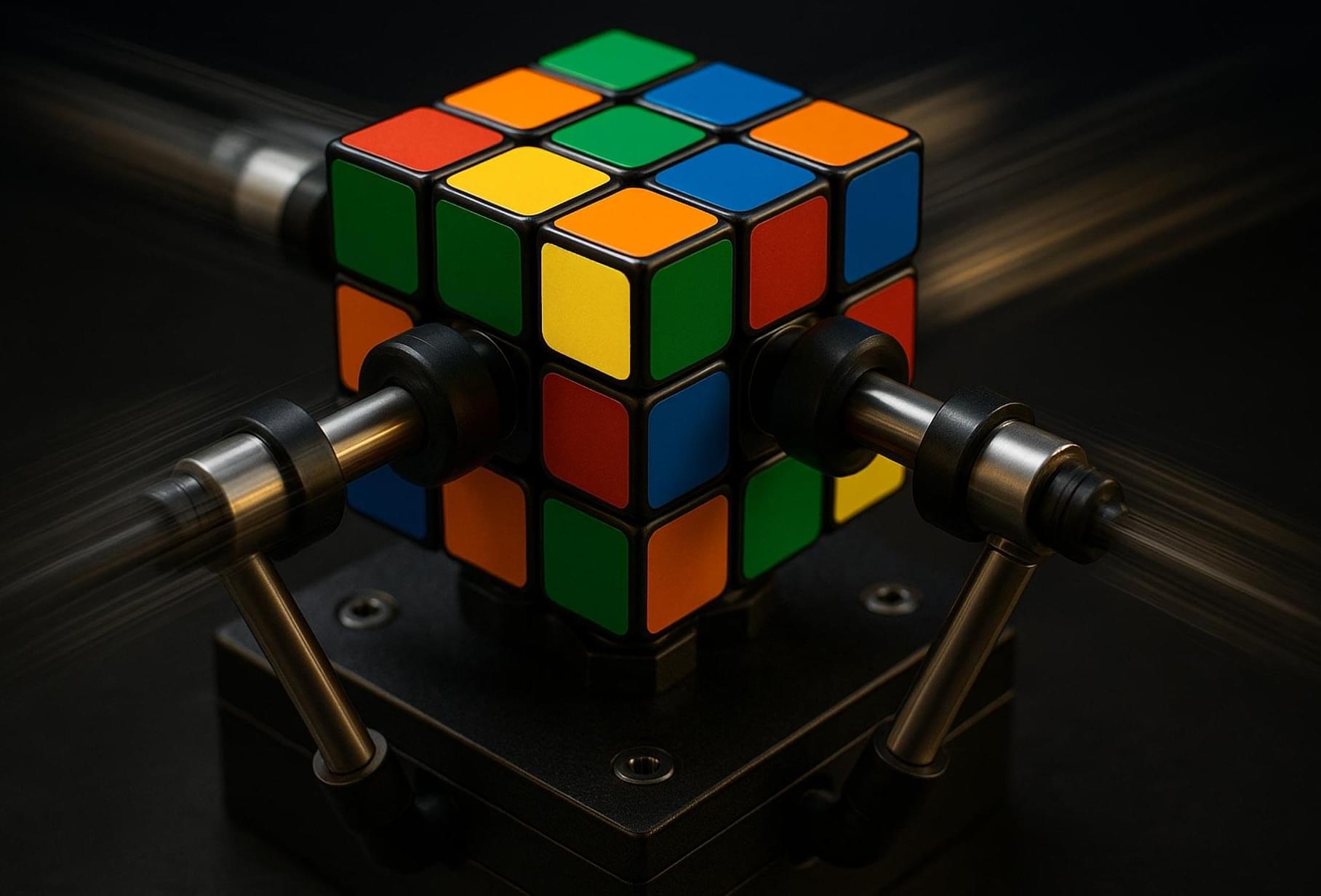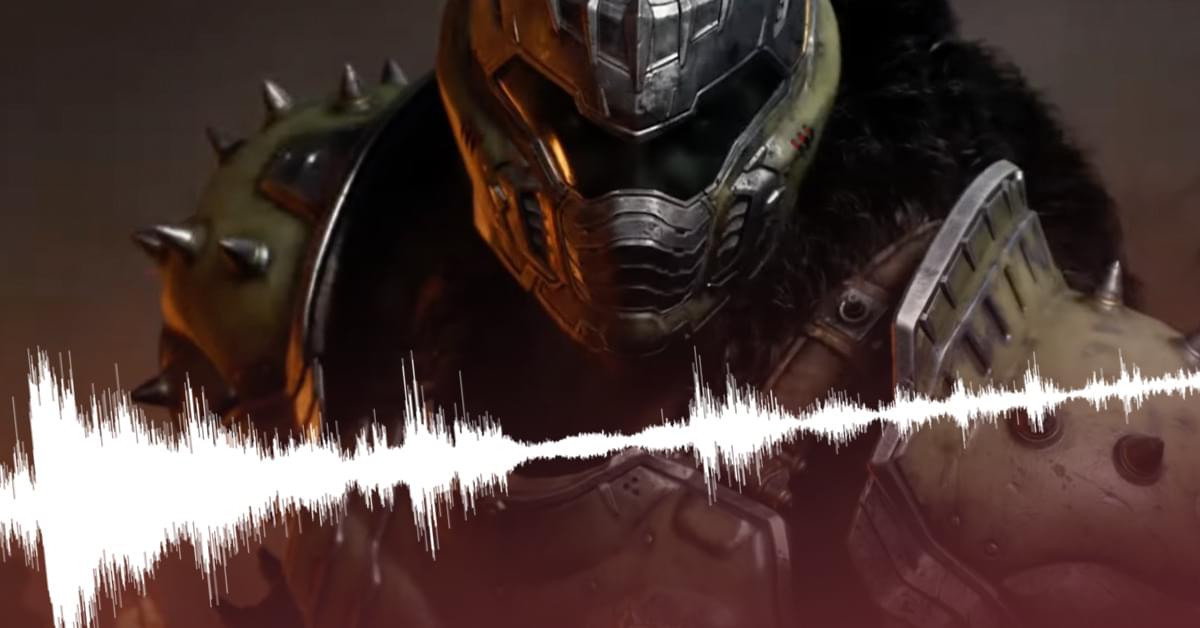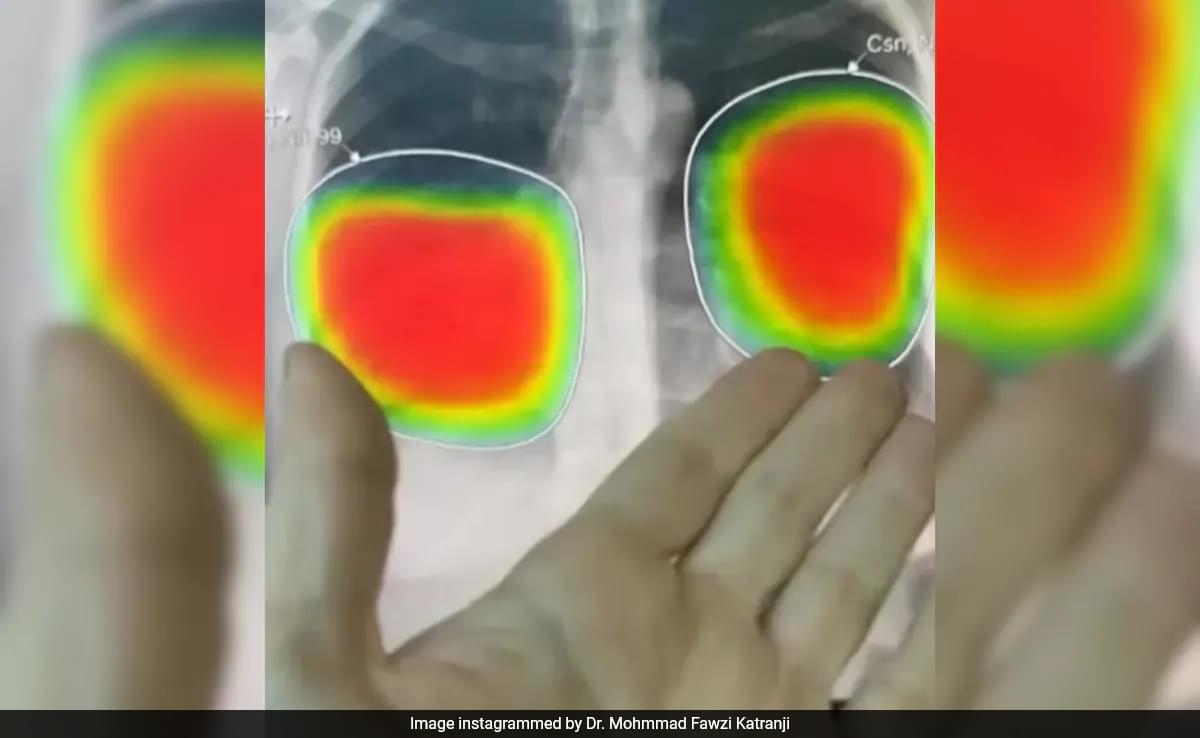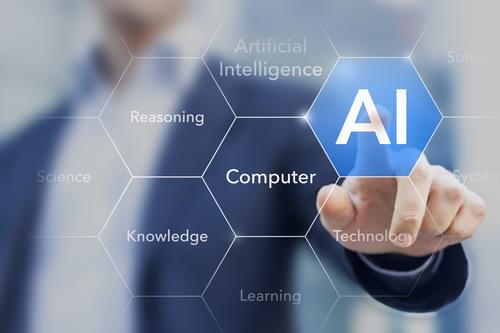A new camera setup can record three-dimensional movies with a single pixel. Moreover, the technique can obtain images outside the visible spectrum and even through tissues. The Kobe University development thus opens the door to holographic video microscopy.
Holograms are not only used as fun-to-look-at safety stickers on credit cards, electronic products or banknotes; they have scientific applications in sensors and in microscopy as well. Traditionally, holograms require a laser for recording, but more recently, techniques that can record holograms with ambient light or light emanating from a sample have been developed.
There are two main techniques that can achieve this: one is called “FINCH” and uses a 2D image sensor that is fast enough to record movies, but is limited to visible light and an unobstructed view, while the other is called “OSH,” which uses a one-pixel sensor and can record through scattering media and with light outside the visual spectrum, but can only practically record images of motionless objects.
